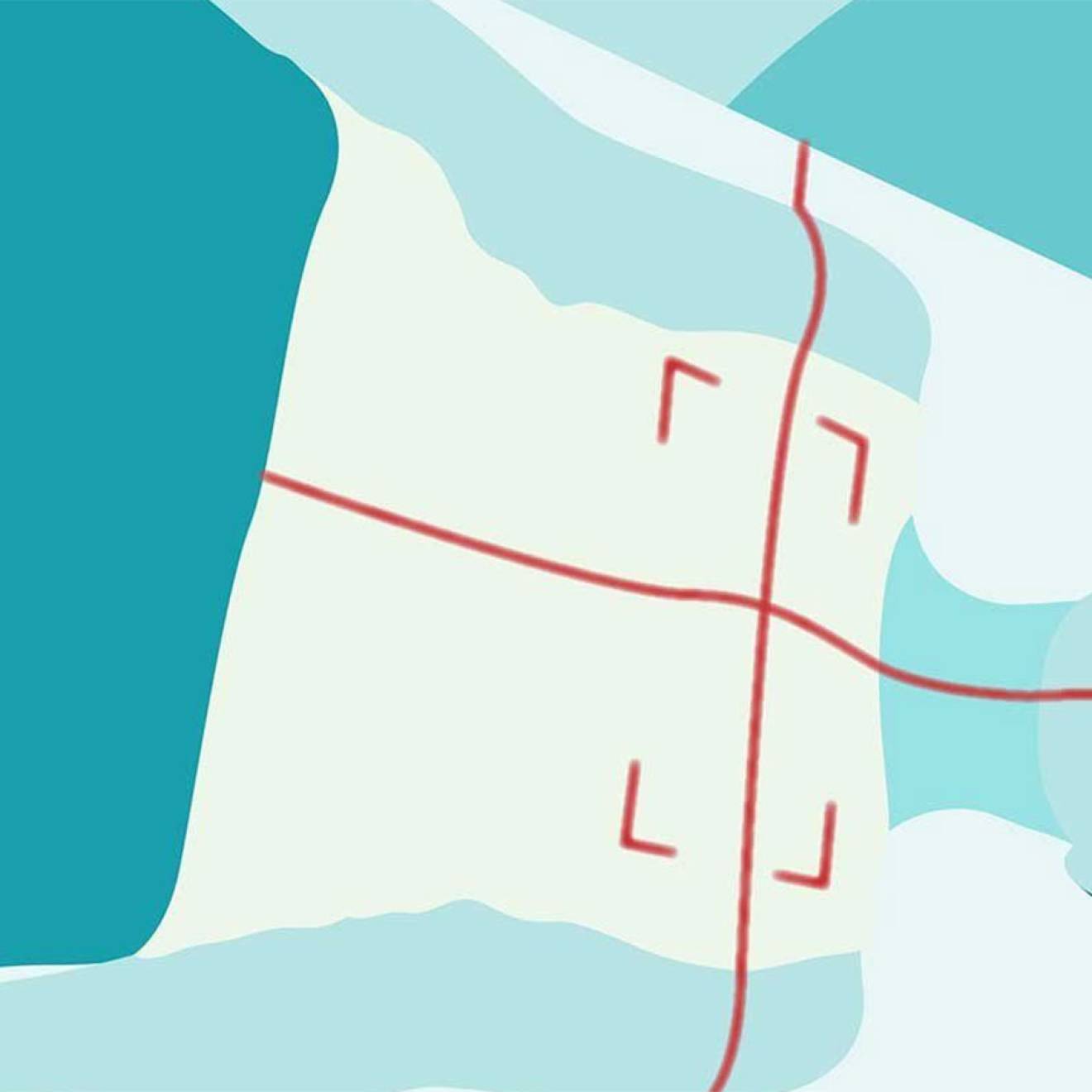Columbia University Medical Center, UCSF

Do your palms sweat when you walk down a poorly lit street at night? That feeling may be traced to the firing of newly identified “anxiety” cells deep inside your brain, according to new research from neuroscientists at UC San Francisco and the Columbia University Irving Medical Center (CUIMC), published online Jan. 31, 2018, in Neuron.

Credit: Lab of Rene Hen, Ph.D., Columbia University Irving Medical Center
The researchers found the cells in the brains of mice, inside a structure called the hippocampus. But the cells probably also exist in humans, the authors say.
“We call these anxiety cells because they only fire when the animals are in places that are innately frightening to them,” said Rene Hen, Ph.D., a professor of psychiatry at CUIMC and one of the study’s senior investigators. “For a mouse, that’s an open area where they’re more exposed to predators, or an elevated platform.”
The firing of the anxiety cells sends messages to other parts of the brain that turn on anxious behaviors — in mice, those include avoiding the dangerous area or fleeing to a safe zone. Though many other cells in the brain have been identified as playing a role in anxiety, the cells found in this study are the first known to represent the state of anxiety, regardless of the type of environment that provokes the emotion.
“This is exciting because it represents a direct, rapid pathway in the brain that lets animals respond to anxiety-provoking places without needing to go through the higher-order brain regions,” said Mazen Kheirbek, Ph.D., an assistant professor of psychiatry and member of the Weill Institute for Neurosciences at UCSF, and study’s other senior investigator.
“Now that we’ve found these cells in the hippocampus, it opens up new areas for exploring treatment ideas that we didn’t know existed before,” said the study’s lead author, Jessica Jimenez, an M.D./Ph.D. student at Columbia University’s Vagelos College of Physicians & Surgeons.
Anxiety is healthy ... to a degree
Anxiety — an emotional response to a distant threat — is normal and critical to an animal’s safety. In an environment that exposes an animal to predators, for example, the safe bet is to sidestep those environments: so anxiety typically triggers avoidance behaviors. However, when people overestimate threats — when talking to a crowd invokes the same response as walking through the jungle at night — anxiety becomes a problem.
To understand how things go awry in anxiety disorders, researchers in the Hen and Kheirbek labs have been looking at mice to decipher how the brain processes healthy anxiety.
“We wanted to understand where the emotional information that goes into the feeling of anxiety is encoded within the brain,” said Kheirbek.
The hippocampus plays a well-known role in the brain's ability to form new memories and to help animals — from mice to humans — navigate through complex environments. But recent research has also implicated the hippocampus in regulating mood, and studies have shown altering brain activity in the ventral part of the hippocampus can reduce anxiety. It’s also known that the hippocampus sends signals to other areas of the brain — the amygdala and the hypothalamus — that have also been shown to control anxiety-related behavior.
Anxiety cells identified with miniature microscope
Using a miniature microscope inserted into the brains of the mice, the researchers recorded the activity of hundreds of cells in the hippocampus as the mice freely moved around their surroundings.
Whenever the animals were in exposed, anxiety-provoking environments, the researchers noticed that specific cells in the ventral part of the hippocampus were active. And the more anxious the mice seemed, the greater the activity in the cells.
The researchers traced the output of those cells to the hypothalamus, which is known to control behaviors associated with anxiety (in people, those include increased heart rate, avoidance, and secretion of stress hormones).
By turning the anxiety cells off and on using a technique called optogenetics, which allows scientists to control the activity of neurons using beams of light, the researchers demonstrated that the anxiety cells control anxiety-related avoidance behaviors. When the cells were silenced, the mice spent more time wandering onto elevated platforms and away from protective walls. When the cells were stimulated, the mice exhibited more anxiety-behaviors even when they were in “safe” surroundings.
Therapeutic directions
The discovery of the anxiety cells raises the possibility of finding treatments that target them and reduce anxiety. “We're looking to see if these cells are different molecularly from other neurons,” Hen said. “If there’s a specific receptor on the cells that distinguishes them from their neighbors, it may be possible to produce a new drug to reduce anxiety.”
The study was supported by grants from the National Institutes of Health (KO1AG054765, R90DA023426, 2RO1MH064537, R01EB22913, R37MH068542, R01AG043688, R01MH083862, R01MH108623, R01MH111754), Intelligence Advanced Research Projects Activity, Defense Advanced Research Projects Agency, NY STEM awards, and the Weill Scholar Award program.
For a full list of authors, please see the paper online.
The authors report no financial or other conflicts of interest.

